AAA predicts nearly 71 million Americans will travel for Independence Day. This figure represents a return to pre-pandemic travel trends.
Approximately 60 million people will drive to their destinations. Almost 6 million travelers will fly, while 4.6 million will use other transportation methods.
High Fuel Costs Don’t Deter Travelers
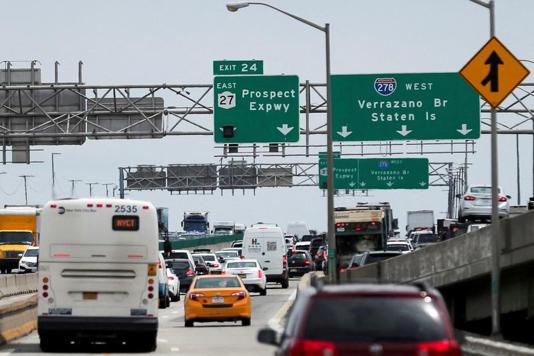
Despite elevated gas prices, Americans remain undeterred in their travel plans. The national average for a gallon of gas is $3.50, down 3 cents from last year.
This price is still significantly higher than the 2015-2019 average of under $2.50 per gallon. A survey by American Trucks reveals that higher prices have minimal impact on vacation plans.
Air Travel Sees Slight Cost Decrease

Domestic airfare has decreased by 2% compared to last year. The average round-trip domestic flight now costs $800, according to AAA booking data.
This reduction may contribute to the increased number of air travelers. Lower airfares could make flying a more attractive option for some vacationers.
Summer Travel as Economic Indicator Examined
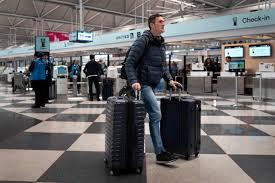
Policymakers and economists are closely watching summer travel trends. Travel patterns could provide insights into consumer sentiment during an election year.
Recent data shows inflation remained unchanged in May while consumer spending increased. These trends may influence Federal Reserve decisions on interest rates and economic policy.
Hurricane Beryl Unlikely to Affect U.S. Travel
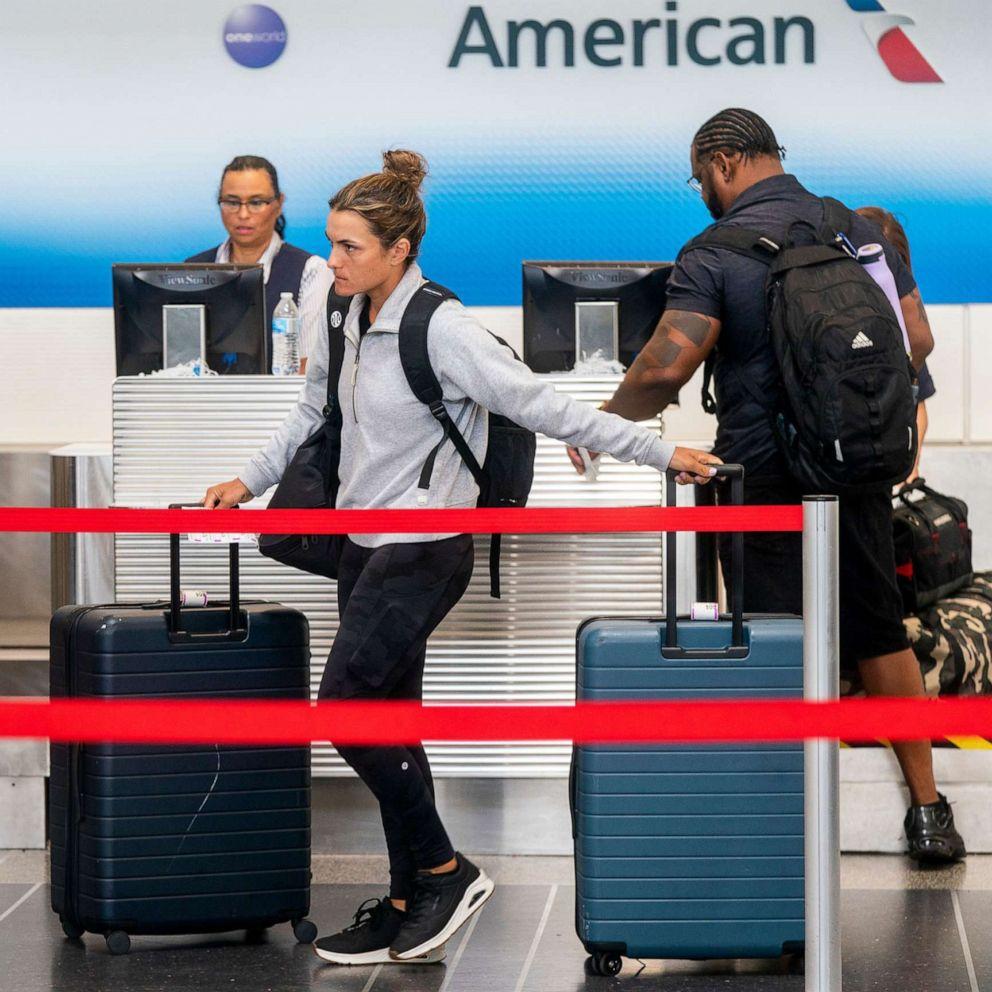
Hurricane Beryl has caused devastation in some Caribbean islands. However, it’s expected to weaken significantly by Thursday night.
The hurricane is unlikely to impact U.S. vacation travel directly. Weather forecasts suggest minimal disruption to domestic travel plans.
Fuel Inventories Buffer Against Price Shocks
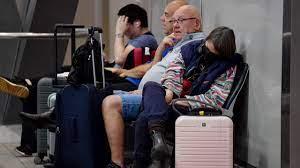
U.S. fuel inventories are well-stocked compared to recent years. Gasoline stockpiles stood at 234 million barrels as of June 21.
This figure is 5% higher than the same time last year. Diesel and jet fuel stocks are also up 6% and 7% respectively, providing a cushion against potential price shocks.
Consumer Psyche Unaffected by Stable Prices
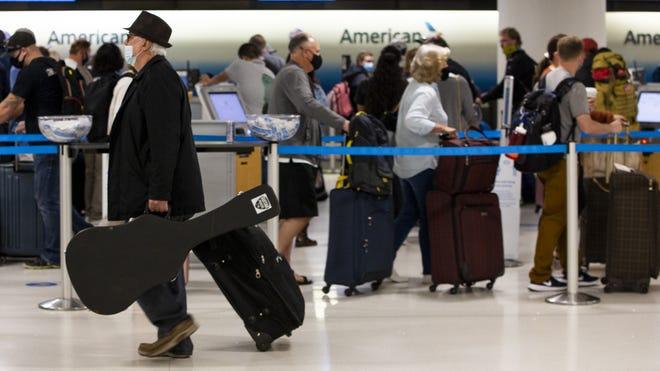
John LaForge of Wells Fargo Investment Institute notes that consumer behavior is more influenced by price changes than absolute prices.
Gasoline prices have remained relatively stable over the past six months. This stability has resulted in minimal impact on consumer travel decisions.
Pandemic Recovery Evident in Travel Numbers
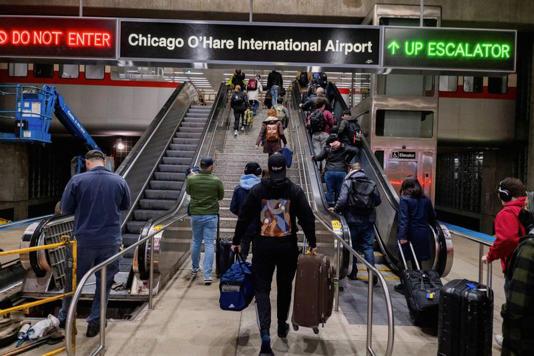
AAA spokesperson Andrew Gross states that 2024’s travel seems to mirror what 2020 would have been without the pandemic. The record-breaking travel numbers indicate a strong recovery from COVID-19 restrictions.
This trend suggests a return to normalcy in the travel sector.
Multiple Transportation Modes See Increases
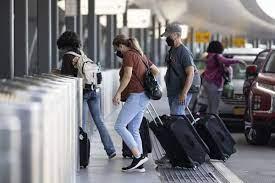
While driving remains the dominant mode of travel, other transportation options are also seeing growth. Nearly 6 million people are expected to fly during the holiday period.
Approximately 4.6 million travelers will use buses, trains, or cruises. This diversity in transportation choices reflects a broad-based recovery in the travel industry.
Economic Implications of Travel Trends Analyzed
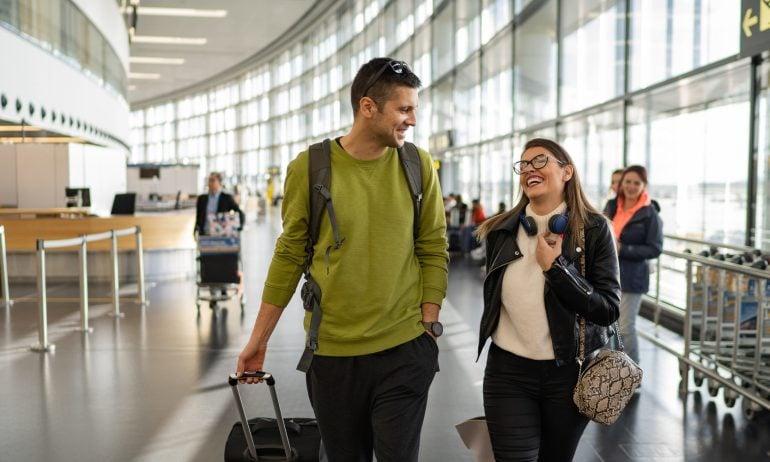
The robust travel numbers could have significant economic implications. Increased travel often correlates with higher consumer spending.
This trend may boost revenues in the hospitality, retail, and transportation sectors. Economists will likely analyze these patterns for insights into broader economic health.

